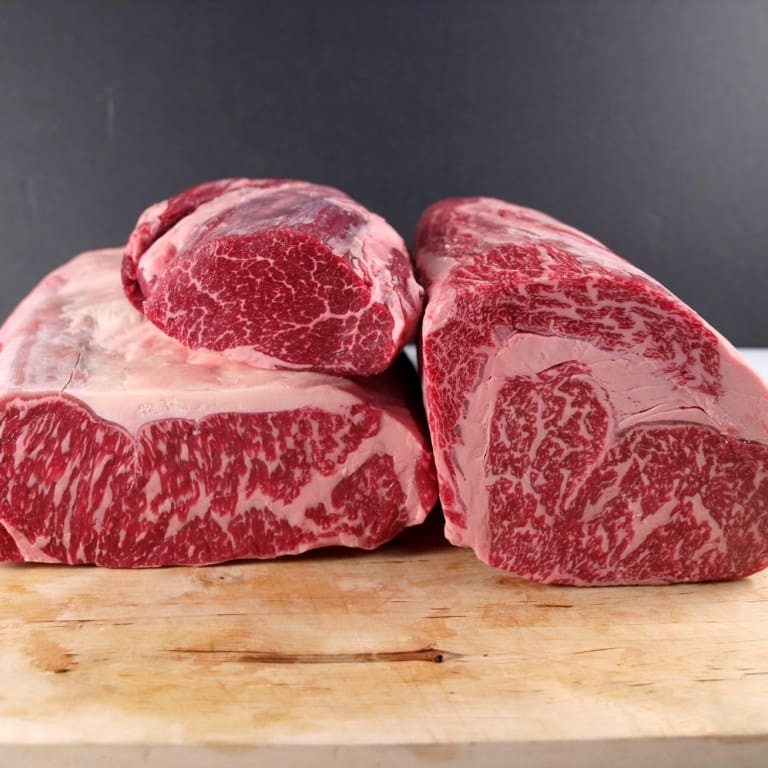 The European Union will adopt a new beef import quota allocation process from July 1 which hopefully will greatly improve the market access process – both for Australian exporters and genuine importers within the EU customer countries.
The European Union will adopt a new beef import quota allocation process from July 1 which hopefully will greatly improve the market access process – both for Australian exporters and genuine importers within the EU customer countries.
Beef Central has reported widely on the dysfunctional nature of the EU grainfed beef quota access system that has existed over the past 12 months: see earlier articles including last August’s “EU grainfed trade corrupted by quota loophole”, and April's "Quota distribution changes offer solution to EU access issue."
Accessing the EU grainfed beef quota in the past two years has been restricted by the way the quota is managed and licenses allocated. Under the current administration practice, applications for quota license are submitted each month and are massively oversubscribed. This is driven by the actions of speculators, who claim quota entitlement with no intention of participating in the trade, but for the sole purpose of on-selling it to genuine imported beef market participants.
The EU Commission distributes the quota monthly based on an allocation co-efficient, with each applicant receiving a certain percentage of their initial application proportional to the total applications. This process adds cost to the license, as those who have no interest in imported grainfed beef sell their quota allocations to those companies that do.
Next month, however, the EU Commission will adopt a regulation that will change the administration of the grainfed HQB grainfed quota applying from July 1.
The administration of the quota will move from the current method known as Simultaneous Examination of Import Licence Applications, run by the Agriculture Directorate-General of the EU Commission Services and its counterparts in member-states, to a first-come, first-served (FCFS) basis.
According to an EU Commission Services statement issued on Thursday, under the new FCFS system applying from July 1:
- Product qualifying under the grainfed beef regulation is presented at the port of entry and is received into the EU with no duty, until the quota is fully utilised
- The quota will be administered over four equal periods throughout the quota year, with equal amounts of quota available in each quarter.
- Product presented for entry under the grainfed HQB regulation must be accompanied by a certificate of authenticity from a participating country.
The result of these changes will mean that the quota is only allocated to qualifying product as it arrives at the port of entry, and there will be no licenses that can be traded. Essentially, this should eliminate the loophole currently exploited by speculators, and deliver a clearer and less-costly market access process.
The control of the commercial transaction will reside only with those buying or selling grainfed beef.
Grassfed drives EU export lift in April
April was a strong month for Australian beef exports to the EU, with shipments up 9pc year-on-year, totalling 1431 tonnes. The result continues the strong start to 2012 for Australian beef exports to the EU, with shipments for the first four months of the year 13pc higher than the same period last year, and 58pc above the five-year average.
Behind the jump in exports was a 19pc year-on-year increase in grassfed exports, reaching 1080t – the highest April shipment of grassfed beef since 1998.
MLA says grassfed exports are typically higher in April, as exporters seek to get product on the water to fill remaining ‘Hilton HQB’ allocations before the end of the financial year. Grainfed exports in April decreased 14pc year-on-year, totalling 352t. Topside/insides continue to make up the largest proportion of beef exports, accounting for 21pc of shipments, followed by striploin 16pc, and rump 15pc.
Economic outlook improves, but risks remain
Economic growth in Europe is forecast at -0.3pc for 2012, according to the latest International Monetary Fund World Economic Outlook – an upward revision from -0.5pc in January. The momentum for growth is expected to continue into 2013, albeit slowly, with Euro area economic growth forecast at 0.9pc.
Citing the success of recent activities by the European Central Bank (ECB) and a stabilisation of market sentiment, the IMF has forecast a gradual recovery through 2012 and 2013.
However the IMF also noted that negativity and instability could again grip Europe, with numerous risks still present. Large sovereign debt and the need to refinance significant amounts throughout 2012 mean that the pressure will continue on bond markets, particularly in countries like Italy.
Fiscal consolidation to reduce debt will also contribute to slow growth, as government cuts spending and introduce austerity measures to improve balance sheets.
Growth in Australia’s largest red meat export market within the EU, the UK, is forecast at 0.8pc for 2012 and 2pc for 2013, slightly higher growth than the euro zone as a whole. Higher growth rates for 2012 are also forecast for Germany (0.6pc), France (0.5pc), Sweden (0.9pc) and Switzerland (0.8pc). Other member countries are in negative territory.
